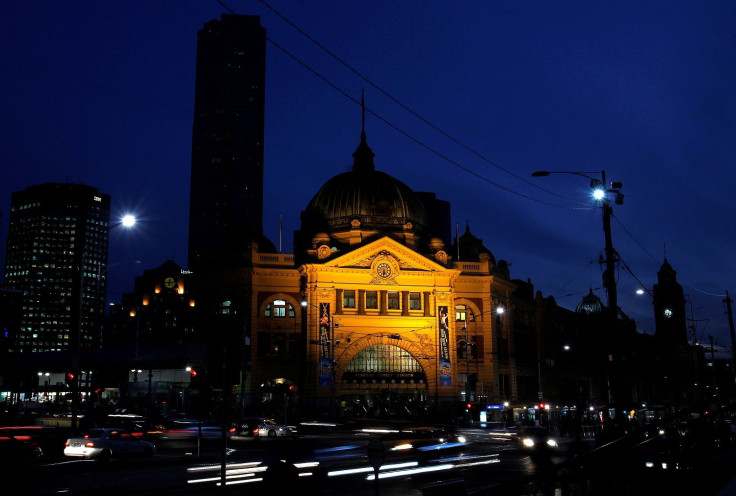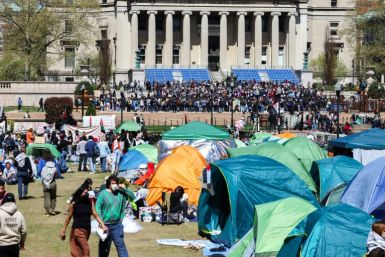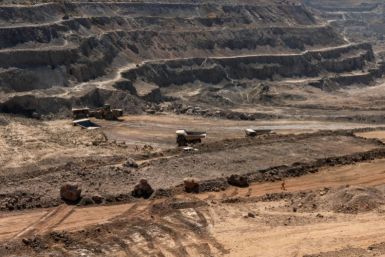Sydney, Melbourne account for two-thirds of Australia's economic growth: report

Australia has Sydney and Melbourne to thank for nearly half of its economic growth. The cities power up Australia, accounting for over two-thirds of the nation’s economic growth in 2016-17, new figures show.
Australia’s two largest cities fuel its economy as Sydney becomes the hotspot of residential construction and Melbourne sees a surge in internal migration. Not only is Sydney recording a boom in residential construction, it is also becoming the epicentre of an infrastructure spree.
Sydney's main industry is financial services, which accounts for 15 percent of its economy. Professional services is its next important industry at almost 10 percent. The city contributed to 41.6 percent of growth, which is comparable to its average 28 percent since the start of the decade. The sharp increase was seen in the 12 months through June, according to the consultancy SGS Economics & Planning report.
Melbourne contributed 27.1 percent during the same period. As for GDP per capita, Sydney recorded a 1 percent increase wile Melbourne slipped 0.1 percent.
Although Melbourne's living standards were slipping, economic activity is still gravitating to the city. SGS Economics and Planning’s Terry Rawnsley noted that it is more affordable compared to Sydney and people who want to live in a big city but don’t want to break the bank for Sydney prices could choose to reside in Melbourne.
The regional New South Wale’s economy rose 1.5 percent. Regional Victoria saw a 5.8 percent jump.
Economists forecasted that the nation’s economy soared 0.7 percent in the three months through September. While growth from the mining industry is coming to an end, liquefied natural-gas fields and exports are ramping up, driving economic growth.
But still the impact of the mining boom’s end is felt. For instance, Perth detracted 15.8 percent from national growth last fiscal year.
SGS also notes the challenge for the Reserve Bank provided the scale of the economic divergence. For the Reserve Bank to rein in Sydney's economy, SGS suggests pushing up its cash rate. It could be from 1.5 percent to 3.5 percent.
The Reserve Bank could also achieve the same thing for Melbourne, Brisbane, Perth and Adelaide. SGS recommends pushing the cash rate to 2.25 percent in Melbourne while in Brisbane, Perth and Adelaide, it may be pushed down to 0.25 percent. Rawnsley said the RBA interest rate is too low for Sydney and Melbourne and too high for other cities.
The Times of India/YouTube






